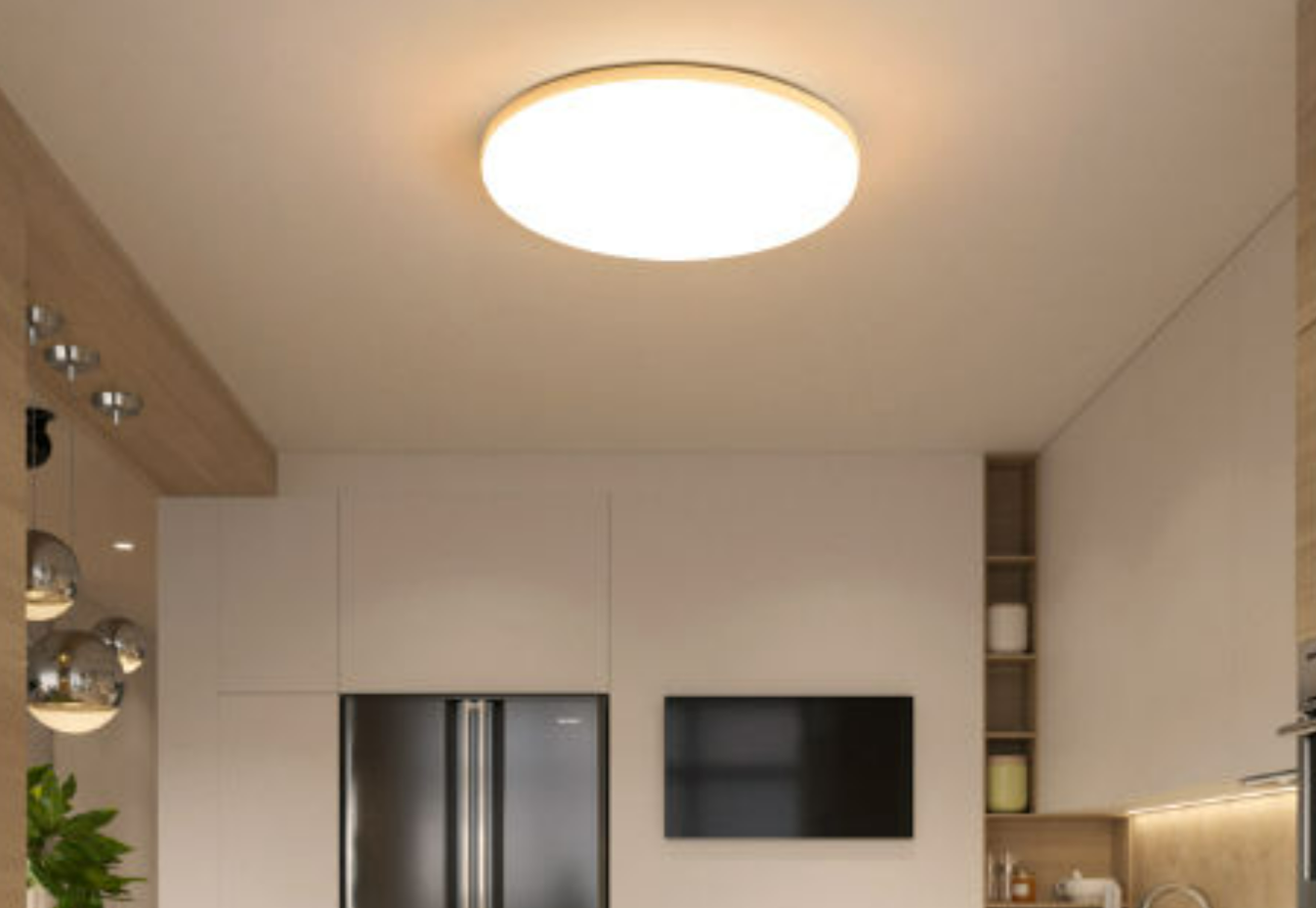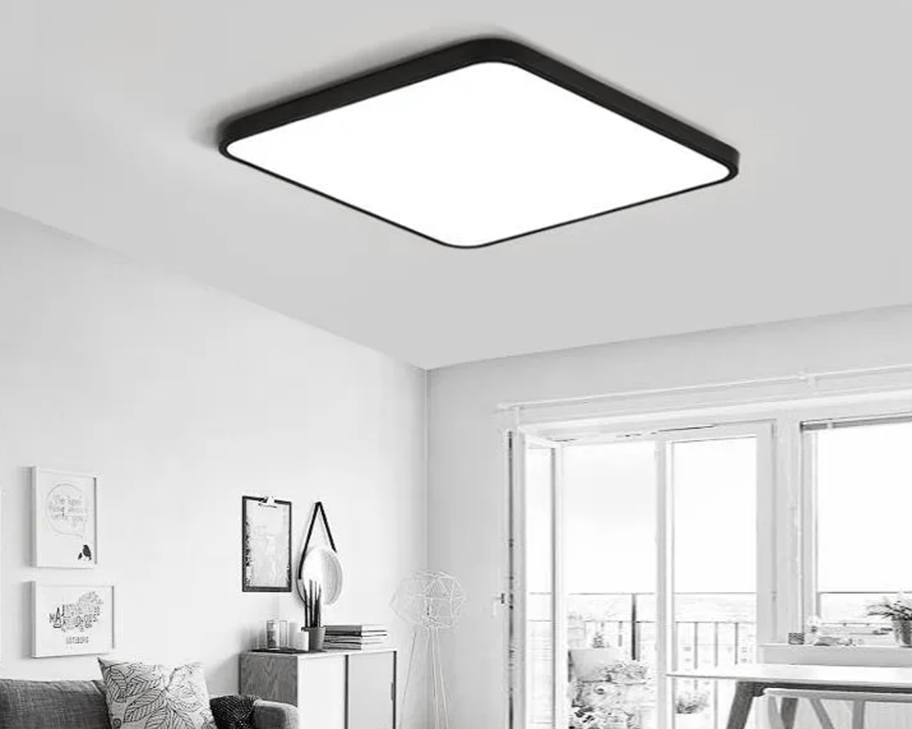Commercial Supply Chain: From Sourcing to Aftercare
Materials and components: Core elements include high-efficiency LED arrays, drivers, thermal management systems, optics, and robust enclosures. For IP65 performance, seals (gaskets made from EPDM or silicone) and weatherproof housings (often aluminum or impact-resistant plastics) are essential. Reliable supply of LEDs with consistent lumen maintenance and color stability is a must.
Compliance and documentation: IP65 is frequently bundled with RoHS, CE, UL, and DLC certifications. Buyers expect complete data packs: photometric files, IES data, warranty terms, and installation manuals. Any delay in certification can stall bidding and project schedules.
Manufacturing and quality control: Standardized modular designs (shared driver housings, heat sinks, and lens assemblies) reduce complexity and time-to-market. Multi-stage QC—incoming inspection, in-line lumen maintenance checks, IP leakage testing, and end-of-line performance verification—minimizes field failures.
Logistics and channel strategy: Rugged packaging, regional warehouses, and flexible inventory models (JIT, decoupled stocking) help align supply with project-based demand. Distribution channels typically include electrical wholesalers, lighting showrooms, project integrators, and e-commerce platforms.
Aftermarket and service: Spare parts availability, rapid replacement policies, and clear warranty terms build long-term trust. Modular designs that support upgrades extend product lifecycles and reduce total cost of ownership for customers.

Manufacturers: Capabilities, Differentiation, and Quality
Technical capabilities: Leading players invest in thermal management, optical design, and corrosion-resistant enclosures to maintain performance under enclosure heat and moisture exposure. Efficient drivers and robust seals are critical to achieving reliable IP65 operation.
Differentiation strategies:
Durability and reliability: Corrosion-resistant housings for humid bathrooms and coastal environments.
Waterproofing and sealing: Advanced gaskets and IP65-rated assemblies that withstand temperature cycling.
Smart integration: Compatibility with DALI, DMX, Bluetooth, Zigbee, or Wi-Fi controls; occupancy sensing and daylight harvesting for energy efficiency.
Light quality and flexibility: High lm/W efficacy, selectable CCT (e.g., 3000K–6500K), and glare-controlled diffusers.
Customization vs standardization: Many manufacturers offer modular form factors, mounting options (surface, suspended, recessed), lumen ranges, and plug-and-play accessories to suit large projects or hospitality installations.
Sustainability and lifecycle: Designs that favor modular components enable easier upgrades and recycling, aligning with green procurement goals and lower lifetime costs.

Market and Customers: Who Buys IP65 LED Ceiling Lights and Why
Key segments:
Commercial and public spaces: Hotels, offices, retail complexes, and healthcare facilities require reliable IP65 lighting in bathrooms, kitchens, corridors, and exterior entries.
Industrial environments: Warehouses and manufacturing sites benefit from washdown-ready luminaires that withstand cleaning regimes.
Hospitality and leisure: Restaurants, spas, and gyms demand durability with pleasant light quality and easy maintenance.
Buying criteria:
Protection and durability: IP65 rating supported by third-party test reports, alongside impact resistance and material durability.
Energy efficiency and OPEX: High efficacy, long LED life, and compatibility with smart controls reduce maintenance and energy costs.
Light quality and flexibility: CRI, CCT options, uniformity, dimming capability, and installation ease.
Compliance and support: Certifications, warranties, spare-parts availability, and technical support influence procurement decisions.
Procurement channels:
Direct from manufacturers: For large-scale projects needing tailored specs and bulk pricing.
Distributors and electrical wholesalers: Immediate access to standard products and local service.
Online platforms: Speed for project bidding, stocking for small-to-mid projects, and after-sales service.
Market dynamics:
Regulatory shifts: Stricter energy efficiency codes propel adoption of IP65 luminaires in new builds and retrofits.
Resilience and risk management: Diversified supplier bases and regional manufacturing mitigate disruptions.
Convergence with smart buildings: IoT-enabled lighting management expands value beyond illumination.

Future Development Trends
Smarter, more connected IP65 solutions: Wireless dimming and scene-setting tailored to zones can markedly improve energy efficiency.
Advanced materials and design: Lighter, corrosion-resistant housings, improved optics, and diffusers that reduce glare while preserving high efficacy. Modular construction supports easier upgrades.
Sustainability and circular economy: Emphasis on modular LEDs and drivers, take-back programs, and refurbishable components to extend lifecycle and reduce waste.
Standards and performance: Progressive efficiency targets and clearer performance metrics will drive better product benchmarking. Niche innovations (e.g., OLED or micro-LED hybrids in IP65 formats) may emerge where size, weight, or color rendering provide advantages.
Global supply chain evolution: Nearshoring and regionalized production to shorten lead times, coupled with digitalization in procurement, quality management, and traceability for greater resilience.
IP65 LED ceiling lights sit at a strategic intersection of durability, efficiency, and adaptability for modern commercial spaces. As buildings become smarter and more stringent about hygiene and maintenance, these luminaires will continue to play a pivotal role.


